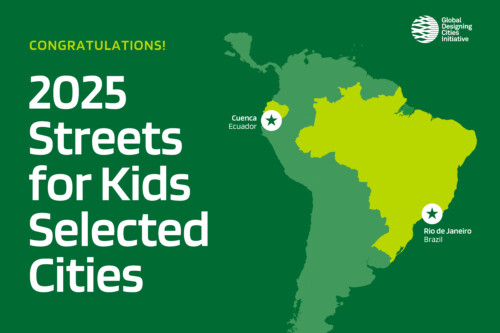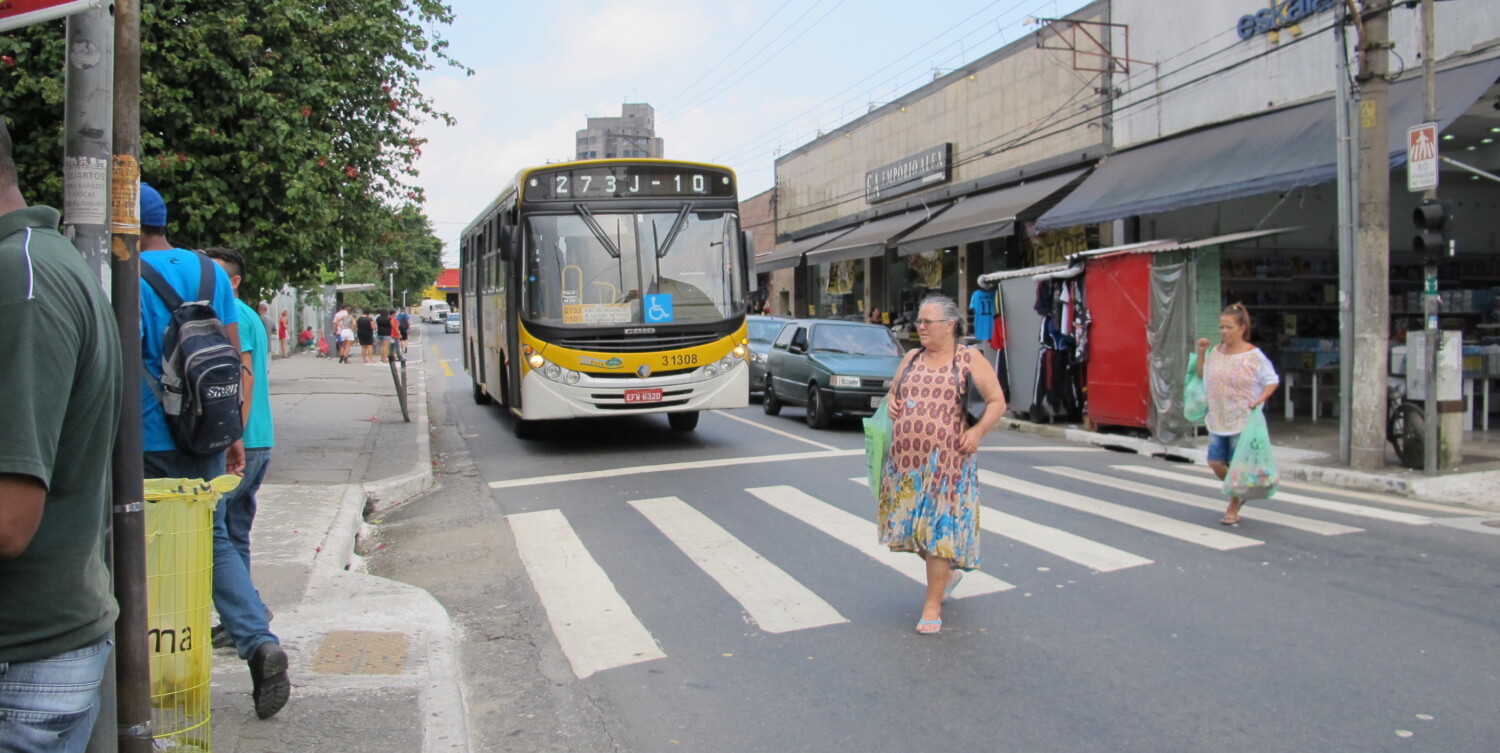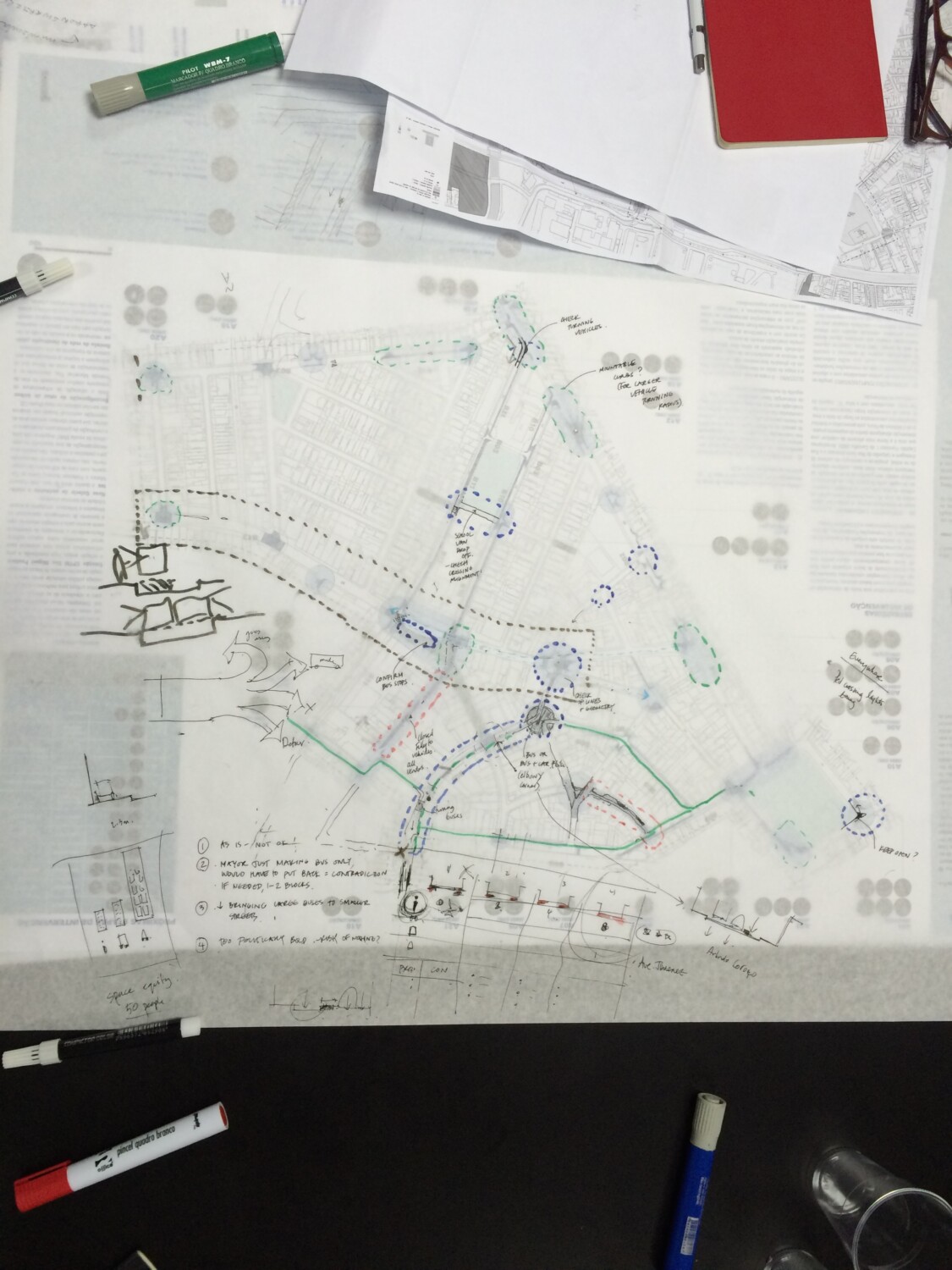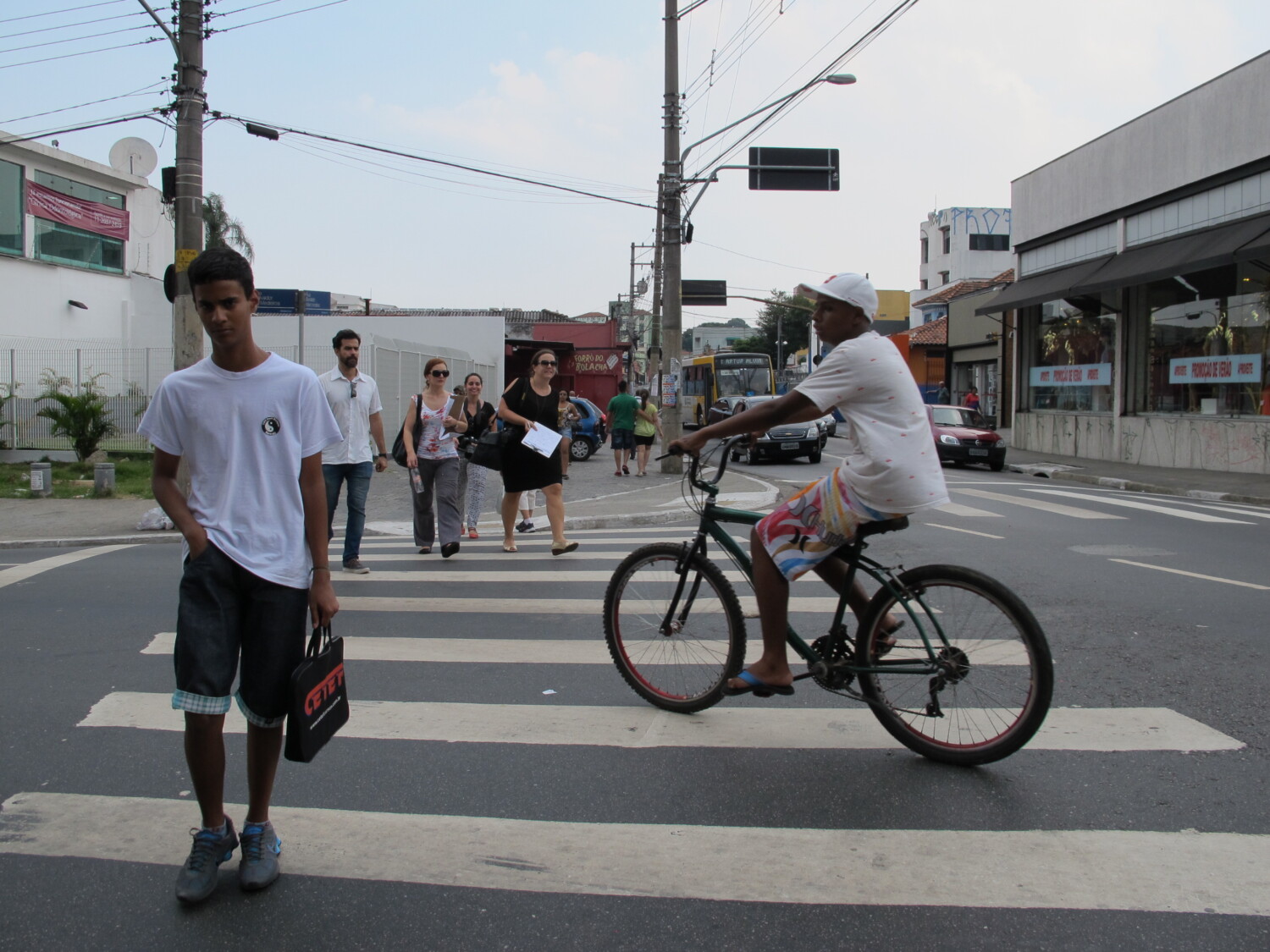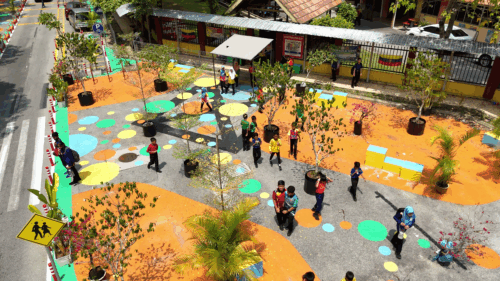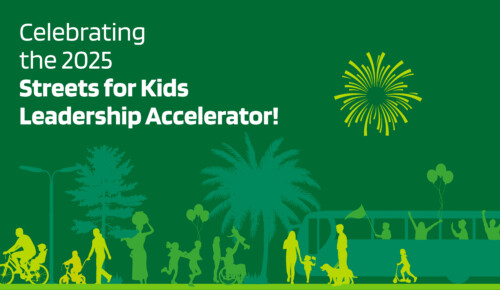The Global Designing Cities Initiative (GDCI) is pleased to announce that it has selected Sao Paulo as one of its three cities for technical assistance under the Bloomberg Initiative for Global Road Safety for 2016. Funded by Bloomberg Philanthropies, Global Designing Cities Initiative will be providing technical assistance, in collaboration with WRI Brazil, for the redesigning five Zone 40 areas in Sao Paulo. These Zone 40 area will be redesigned to function as slow zones in the city with the help of geometric and operational changes. Improvements will include better pedestrian and cycle facilities, such as providing continuous sidewalks, marked or raised pedestrian crossings, speed humps, pedestrian refuge islands, and protected bike lanes.
In the first week of February MobiLab organized a workshop in Sao Paulo, in partnership with NACTO – GDCI, WRI and ITDP. The GDCI team, Skye Duncan and Ankita Chachra, presented the upcoming Global Street Design Guide and participated in a discussion on Road Safety with members of WRI and ITDP. This presentation was open to public and had 100 attendees representing various government agencies, academic institutions and non-profits. Key stakeholders and local representative attended the site visit to one of the Zone 40 Areas and participated in the technical workshop conducted by the partners.
A three-day training was also conducted by Vital Strategies for the new BIGRS embedded staff from Bogota, Fortaleza and Sao Paulo conducted. The training consisted of presentations, hands on workshop sessions, site visits, and discussions on safe mobility design approach.
